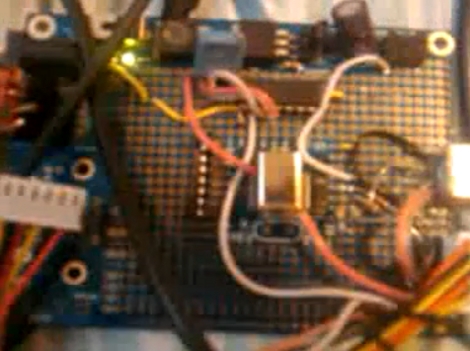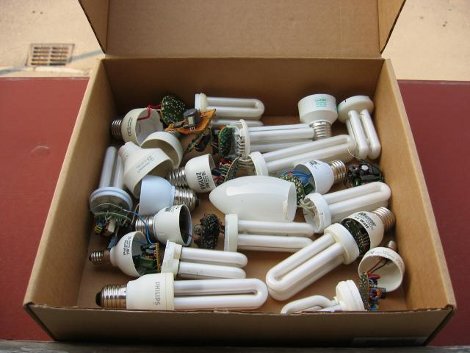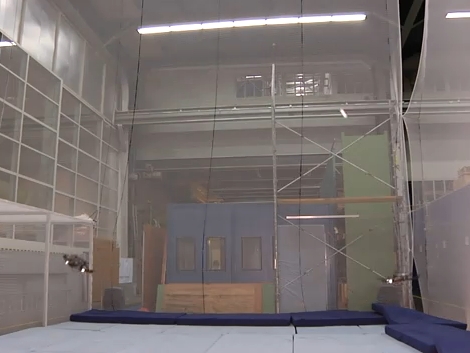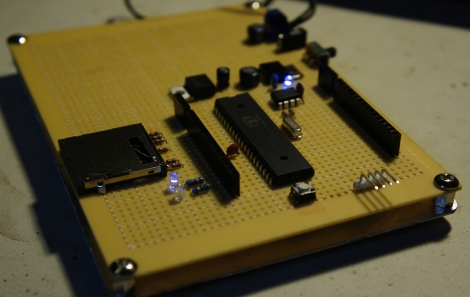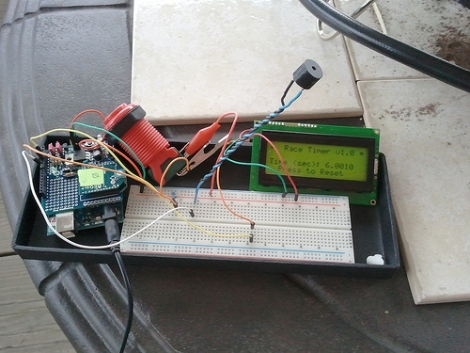
In Colorado, amateur luge competitions are serious business.
Every winter, [Ryan’s] friends dig a long luge track through the many feet of snow that occupies their yard, and have competitive sled races to see who can make it down the giant hill in the least time. They call it the Mario Cup, after one of the participants, not the Nintendo mascot, and they were in desperate need of some timing equipment.
You see, the luge track is several hundred feet long, and they decided that a human armed with a stopwatch is not a good enough means of picking a conclusive winner. A set of three Arduino sensors packed inside plastic food containers were used along with light sensors to track when the luger passed the start, midpoint, and finish lines of the race. XBee radios then transmitted the timing data back to the base station for recording.
The system worked quite well according to the participants, and they look forward to using the system again in the future. Of course, improvements have been planned, including dual timers at each checkpoint to gauge the luger’s speed, as well as a Christmas-tree starting signal like you see at drag races.
Continue reading to see a video below of the luger’s in action, as well as the timer system undergoing some tests.
[via Make]
Continue reading “Wireless Luge Timer Levels The Playing Field”

